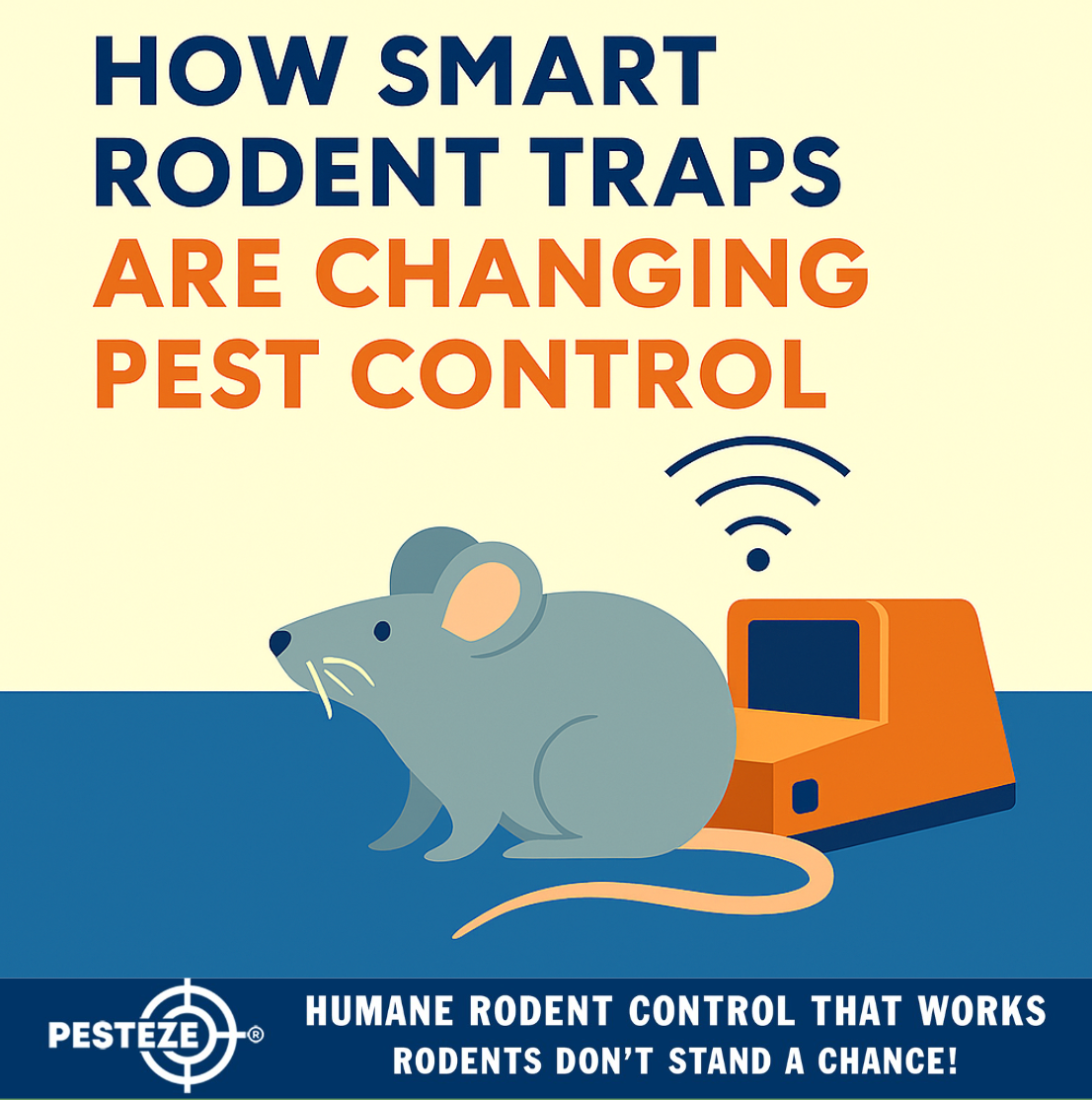HOW SMART RODENT TRAPS ARE CHANGING PEST CONTROL

HOW SMART RODENT TRAPS ARE CHANGING PEST CONTROL
SUMMARY
Smart rodent traps are redefining how we handle infestations. This guide explores tech-enabled traps, how they improve safety and efficiency, and why they’re becoming a game changer in modern pest management.
FEATURES
-
Sensor Detection: Traps that alert you when rodents are caught.
-
App Integration: Monitor trap status from smartphone or tablet.
-
Eco‐Friendly Designs: Reusable, humane, and low-chemical usage.
-
Automated Disposal: Minimal contact needed for handling captures.
-
Data-Driven Insights: Tracking trends to prevent future infestations.
-
Remote Monitoring: Useful for hard-to-reach or unattended areas.
DESCRIPTION
Smart rodent traps combine traditional pest control with modern technology to deliver safer, more efficient, and less labor-intensive solutions. Rather than relying only on bait, poison, or manual checking, these traps use sensors, connectivity, and automation to improve results and reduce risks.
One of the biggest advances is sensor detection. These traps detect rodent presence (via motion, weight, or infrared), and alert users through lights or via connected apps. This means no more guessing whether traps are effective or need emptying—technology tells you immediately.
App integration goes hand in hand with sensors. Many smart traps sync with mobile apps that send alerts, show trap status, battery levels, and even provide recommendations for optimal placement. This level of control makes it easier to manage traps spread across multiple rooms or properties.
Eco-friendly designs are increasingly common. Smart traps are often reusable and built with safe materials that require fewer chemical lures or poisons. Humane models allow catch-and-release, while others provide clean no-touch kill mechanisms that reduce risk of contact.
Automated disposal features further improve safety. Some smart traps include mechanisms for sealed, hands-free disposal of rodents. This minimizes exposure to pathogens and reduces the chance of pet or child interference.
Data-driven insights set smart traps apart. By logging catches, times, and locations, these systems help homeowners or pest professionals identify infestation hotspots and patterns. With that information, preventive action becomes smarter, whether sealing certain entry points or adjusting bait types.
Remote monitoring makes smart traps ideal for locations that are hard to access frequently—such as barns, warehouses, or vacation homes. You can check trap status remotely and avoid surprises when returning home.
Overall, smart rodent traps offer a shift from reactive to proactive pest management. They enhance efficiency, safety, and peace of mind by combining technology with solid prevention practices. While upfront cost is higher than simple traps, long term savings, improved safety, and better control make them increasingly worthwhile.
- Saharsh Bansal


Comments 0